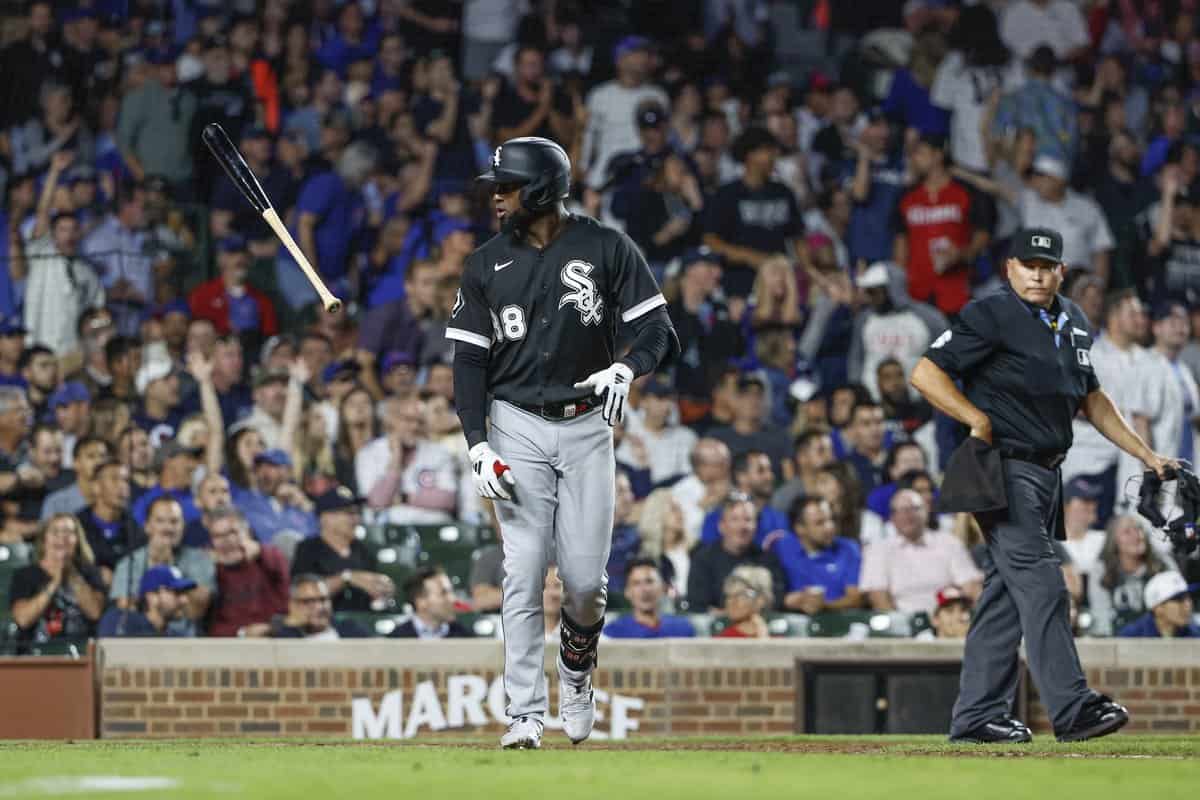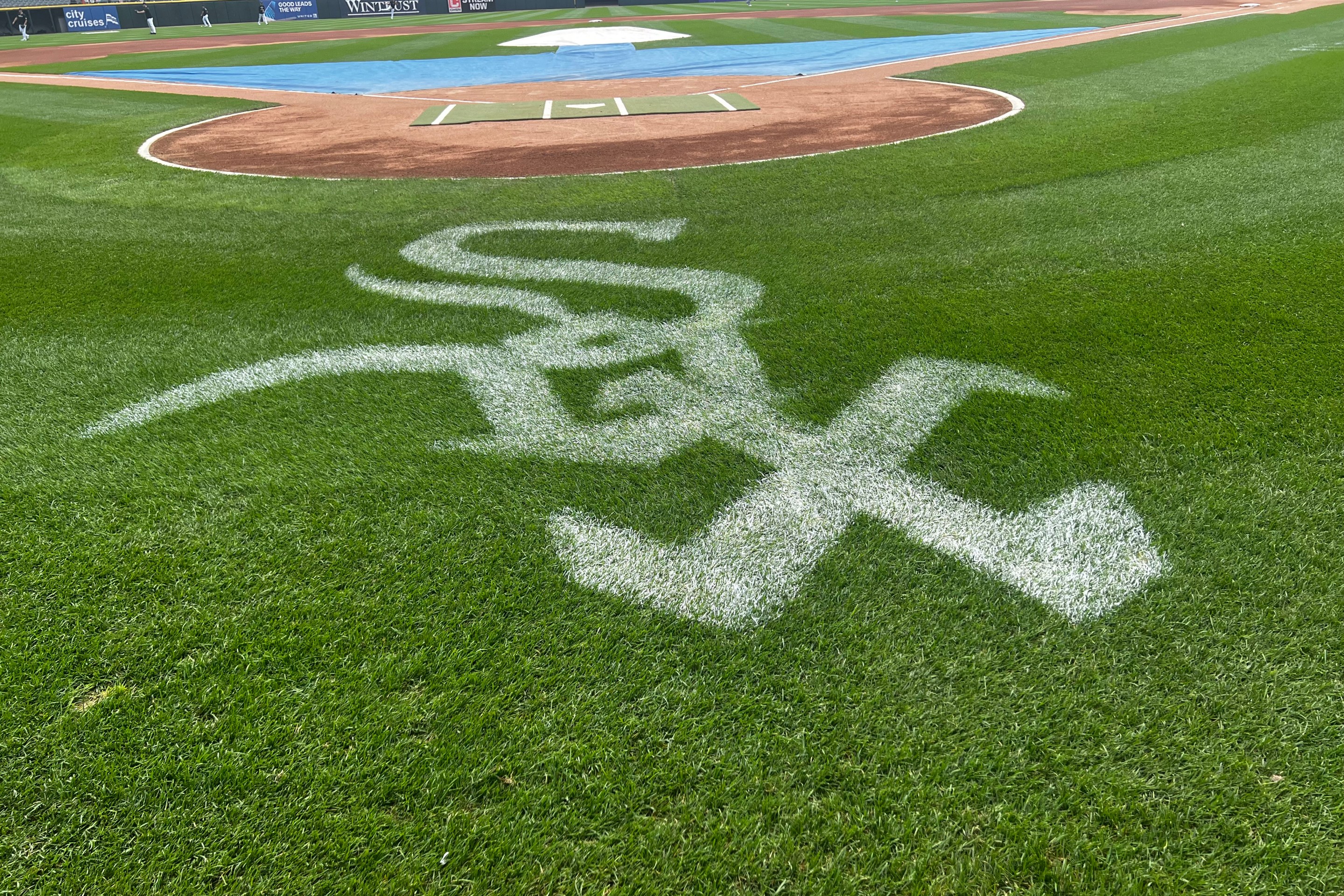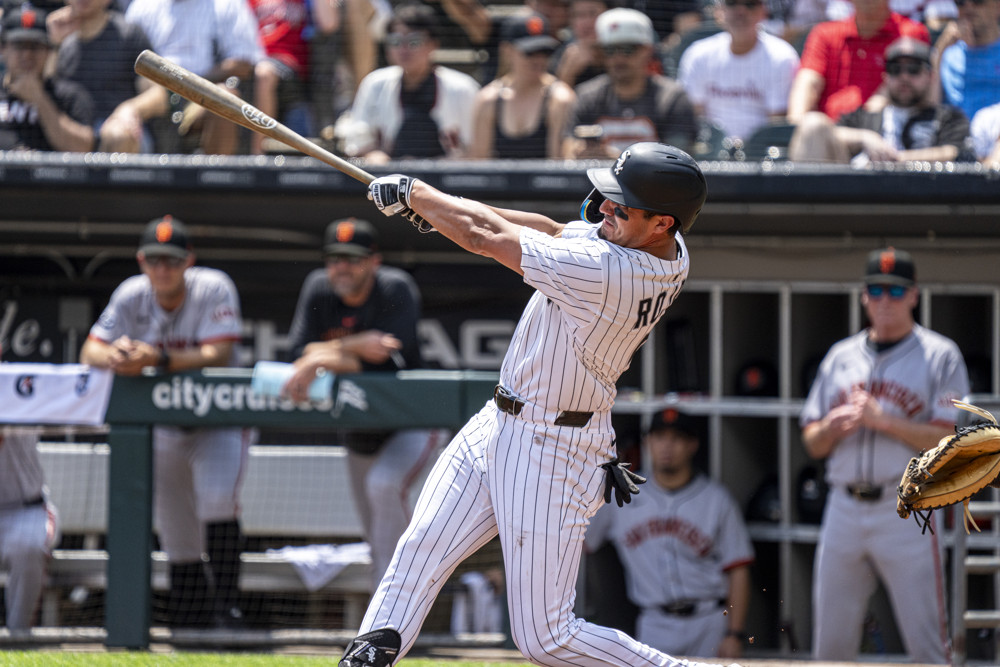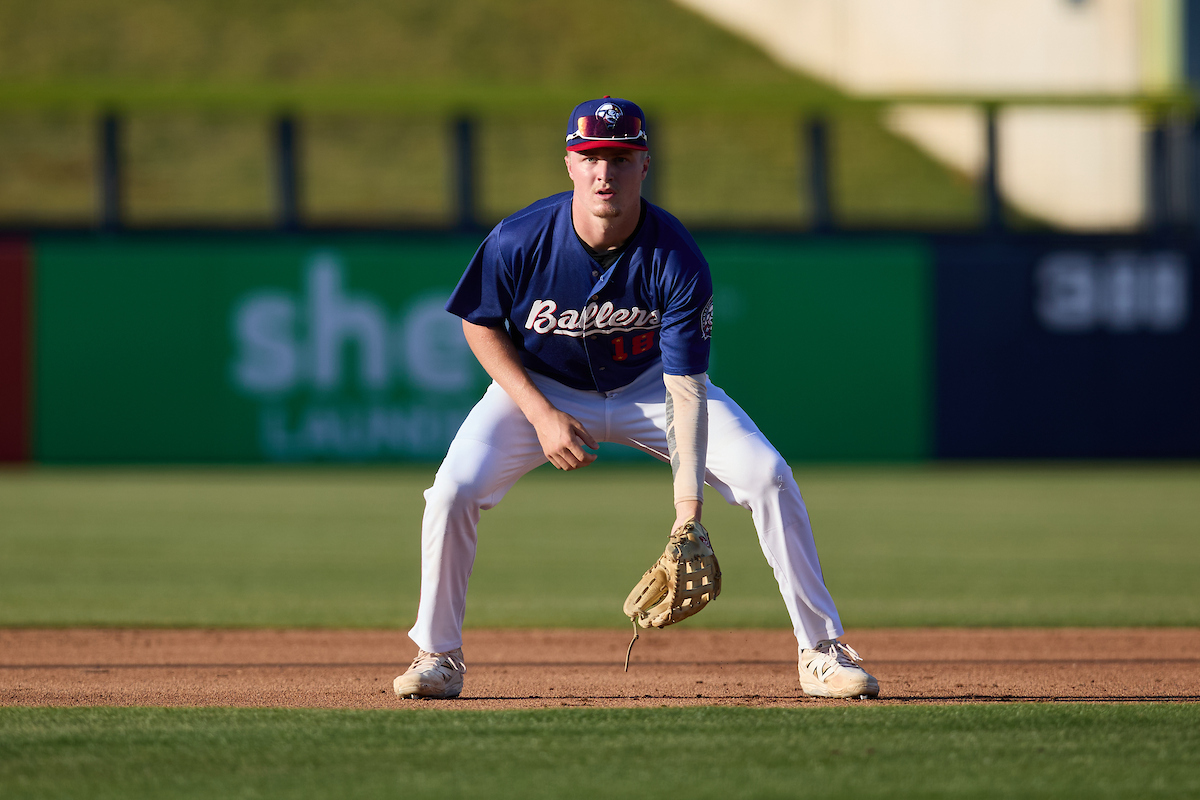You can tell I take the exercise of ranking the most essential White Sox seriously, because I was so focused on whether I had the players in the right order that I failed to realize that my spreadsheet I was using to shuffle the order didn't start until the second row, so every ranking in the first half of this feature was one spot lower than it should've been.
That's how you know this list is saturated with integrity, even if the ultimate accuracy remains dubious at best.
I could've started this post where I left off and called it the 19 most essential White Sox for 2024, but if I'm going to admit a doofy error, I'm going to make you click through to see it.
No. 20: Steven Wilson (NA)
He looks like a cromulent medium-leverage reliever in a bullpen full of them, except he has four more years of control, so while a successful season wouldn’t have a profound impact, at least it would last a while.
No. 19: Jairo Iriarte (NA)
If you could combine Drew Thorpe's strike-throwing with Iriarte's fastball-slider combo, you'd pretty much have a Dylan Cease replacement ready for Opening Day, making the league minimum. As it stands, Iriarte needs to improve his control after walking 17 batters in 29⅓ innings in his first crack at Double-A, at least if he wants to stick as a starter. It either seems like it's going to be a season-long project, or Brian Bannister finds One Weird Trick that gets him to the majors by Father's Day.
No. 18: Bryan Ramos (NR)
Like Edgar Quero at No. 21, Ramos doesn't need to make a meaningful splash in the major leagues this year, but the rebuild is a lot more exciting if he looks like a legitimate running mate to Colson Montgomery on the left side of the infield -- or wherever, really -- in 2025.
No. 17: Jordan Leasure (NA)
He could handle a fair amount of high-leverage innings for the White Sox in 2024, not just because he's one of only a couple relievers with typical eighth- or ninth-inning stuff. That said, he's a rookie freshly added to a 40-man roster, and he has options remaining when most other White Sox relievers don't, so he should also be allowed to stumble.
No. 16: Chris Flexen (NA)
He's the pitching equivalent of Paul DeJong (No. 22), in the sense that his meager one-year contract ($1.75 million here) indicates a pretty low ceiling, but if he increases the White Sox's general competence, there will be some merit to the lack of upside. That's especially true on the pitching side because the White Sox need innings from anybody who can throw them.
No. 15: Martín Maldonado (NA)
If Maldonado can't reverse his decline, the White Sox have a number of players worth the plate appearances and games behind the plate. That's not the problem. Where the trouble lies is, if Maldonado's game has indeed deteriorated beyond salvage and the White Sox are allowing 5 1/2 runs per game, will Chris Getz act accordingly, or will the White Sox remain enamored with Maldonado's world-renowned soft skills? He shouldn't have that much purchase on a team he hasn't played for, but the White Sox have fallen for fake leadership before.
No. 14: Nicky Lopez (NA)
If the presumed lineup holds, Lopez will be the 12th different Opening Day starter at second base for the White Sox over the last 12 years. He has a chance to end that streak with a successful season since he's under team control for another year, which is what separates him from the rest of the DeJong/Flexen vein. He also appears to be the front-runner for the White Sox's marketing efforts, because nobody else is a natural.
No. 13: Drew Thorpe (NA)
Getz said you should expect to see Thorpe and Iriarte on the roster at some point during the 2024 season, and unlike Iriarte, it needs to happen as a starter. Ideally he'd enjoy some immediate success in his MLB debut, but he mostly needs to show that he should be penciled in for a long, long look for 2025.
No. 12: Michael Soroka (NA)
He's a free agent after the season, but he's another Bannister proof of concept, and even if he doesn't do enough to generate significant trade value, his personality seems like the kind of the White Sox might ask back, provided the pitching supports it. Everybody else's job would be much, much simpler if he recovers from his multiple Achilles injuries to throw a reliable 5-6 innings most times out.
No. 11: Garrett Crochet (25)
The audacity of naming Crochet the Opening Day starter has widened the range of possibilities, at least if you think it signals anything more than desperation. If I had to map the likelihood of outcomes, it'd look something like this:
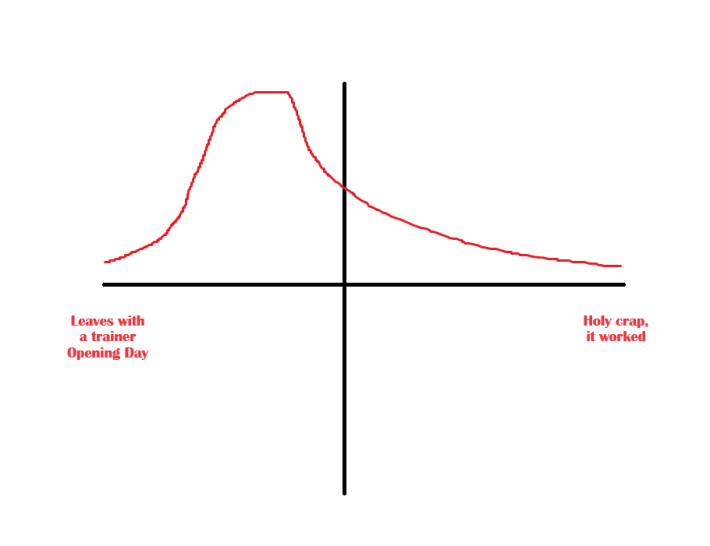
A Crochet that copies Carlos Rodón's 2021 season to a passable degree becomes a lot more interesting. I don't think he has it in him -- mainly because Rodón had two good pitches when healthy, while Crochet's secondaries are unclear -- but I don't mind seeing him try.
No. 10: Michael Kopech (13)
If Kopech manages to succeed as a White Sox closer, he has more trade value than he had at any point since before his Tommy John surgery. I could probably MS Paint another chart that looks something similar to the one above, but closing is sometimes pretty simple, and Kopech's fastball could take him on a pretty direct path to success if nothing else leads him astray.
No. 9: Andrew Benintendi (7)
He remains strangely inconsequential for a franchise-record free agent contract, even if that's only a reflection of the White Sox being strangely inconsequential players in free agency. He reminds me of a position player equivalent of 2017 James Shields, in that he's paid too much to be anywhere else, but maybe he ends up providing some value in quantity of OK games played as he whiles away the days. At least he only cost money.
No. 8: Erick Fedde (NA)
It's probably unreasonable to expect a Merrill Kelly-like transition from the KBO, but it's theoretically possible, and it'd reward the White Sox for exploring a new market with new personnel. He's also the only pitcher under a guaranteed contract for 2025, so he presents the opportunity for a modicum of stability.
No. 7: Yoán Moncada (8)
There's a chance he plays well enough to be traded, although his whopping $24 million salary and $5 million buyout afterward makes any real value unlikely. But even a return to his defense-and-OBP 2021 form would make the White Sox position-player half of the roster measurably more competent.
No. 6: Dominic Fletcher (NA)
Fletcher is a rather controversial prospect for somebody whose strengths and weaknesses aren't all that remarkable, but that's partially because the White Sox traded a real pitching prospect for him in Cristian Mena. The price might end up being fair, but it reflected conviction in the White Sox's evaluation, so Fletcher needs to deliver to some degree, even if he never quite rises to the level of a structural necessity.
No. 5: Nick Nastrini (NA)
He looks like the pick for the White Sox's fifth starter job, at least for the first time(s) the fifth spot is required to pitch. His rookie season might be a bumpy ride, but putting together a roster gets a lot simpler if his name can be written into future rotations in ink.
No. 4: Andrew Vaughn (9)
If you're resigned to the idea that Vaughn is a league-average bat without league-average secondary skills, then you might rank him closer to 10th, with two more years of team control being the only distinguishing factor. That outcome is what I'm expecting, but unlike the other perpetually underwhelming bats, another meh season would probably force the White Sox to recategorize him in a way they've never publicly ceded before. I'd never understood why the White Sox considered him untouchable, so I'm fascinated by the range of consequences here.
No. 3: Eloy Jiménez (3)
Through 10 spring training games, Jiménez was hitting .536. Over his final eight spring training games, Jiménez went 2-for-23, so I think everybody can temper their breakout expectations accordingly. That said, if Jiménez were able to stay healthy and lift the ball with regularity for three months, he'd actually have a little bit of trade value, because neither his salary ($13 million) or buyout ($3 million) are exorbitant, and the club options would allow the acquiring team to choose their level of commitment after the season. He would also make the White Sox a lot more watchable in the interim, and that counts for something, even if most of the highlights have this kind of surrounding context:
No. 2: Colson Montgomery (NR)
This ranking isn't reliant on the timing or impact of Montgomery's 2023 arrival, but as a top-15 prospect who will be starting the season at Triple-A Charlotte, it's important that he maintains or builds upon the current levels of enthusiasm. Pretty much every version of a quicker-than-usual turnaround requires Montgomery to be a very important player, even if he never quite fills out Corey Seager's clothes. It doesn't seem like he should be this vital considering his ultimate defensive destination is unclear, but until another prospect emerges in a similar fashion, this is where the White Sox are.
No. 1: Luis Robert Jr. (1)
Robert is under team control for 2024 and the three seasons that follow, and 2023 was the first time he played more than 100 games in a major-league season. Unless you think that Robert will revert to missing half the season most of the time, the White Sox probably have another season to let his trade value cook. Another strong season would then make it a real discussion about whether Robert would help more as the last great trade piece, or the superstar Jerry Reinsdorf won't be willing to acquire when the rest of the roster finally comes together. First things first, the next 162 games.
